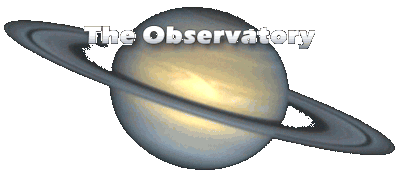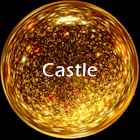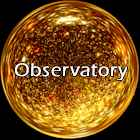
The Vernal & Autumnal Equinoxes
by John Harper
The two equinoxes occur when the axis of the Earth's rotation ( this passes through the two Poles, N. & S. ) is at right angles to the plane of its orbit.
At these times ( ~ 21 March & ~ 23 Sept. ), the Sun appears to be crossing the Celestial Equator and is equidistant in angular distance from the two Celestial Poles, 90 degrees from each.
From any point on the Earth's equator, the sun is directly overhead at local noon on these two days.
From any point on the Earth's surface, with the sole exception of the Terrestrial Poles, the Sun is above the horizon for twelve hours and below it for twelve hours also ------- Day and Night lengths are equal and this is what the word EQUINOX signifies.
Before the Vernal Equinox, in the Northern Hemisphere, night was longer than day; but after this Equinox daylight length is longer than night. The reverse is true at the Autumnal Equinox. For people in the Northern Hemisphere the Vernal Equinox is the boundary between the Winter half of the year ( before 21 March ) and the Summer half of the year, the reverse again being true at the September Equinox.
At the Poles, on these two days, the sun is poised on the horizon and exactly half of it is visible ( weather permitting ! ) from each. At the Vernal Equinox, the 6-month long day is just starting at the North Pole, whilst at the South Pole the 6-month long night starts!

